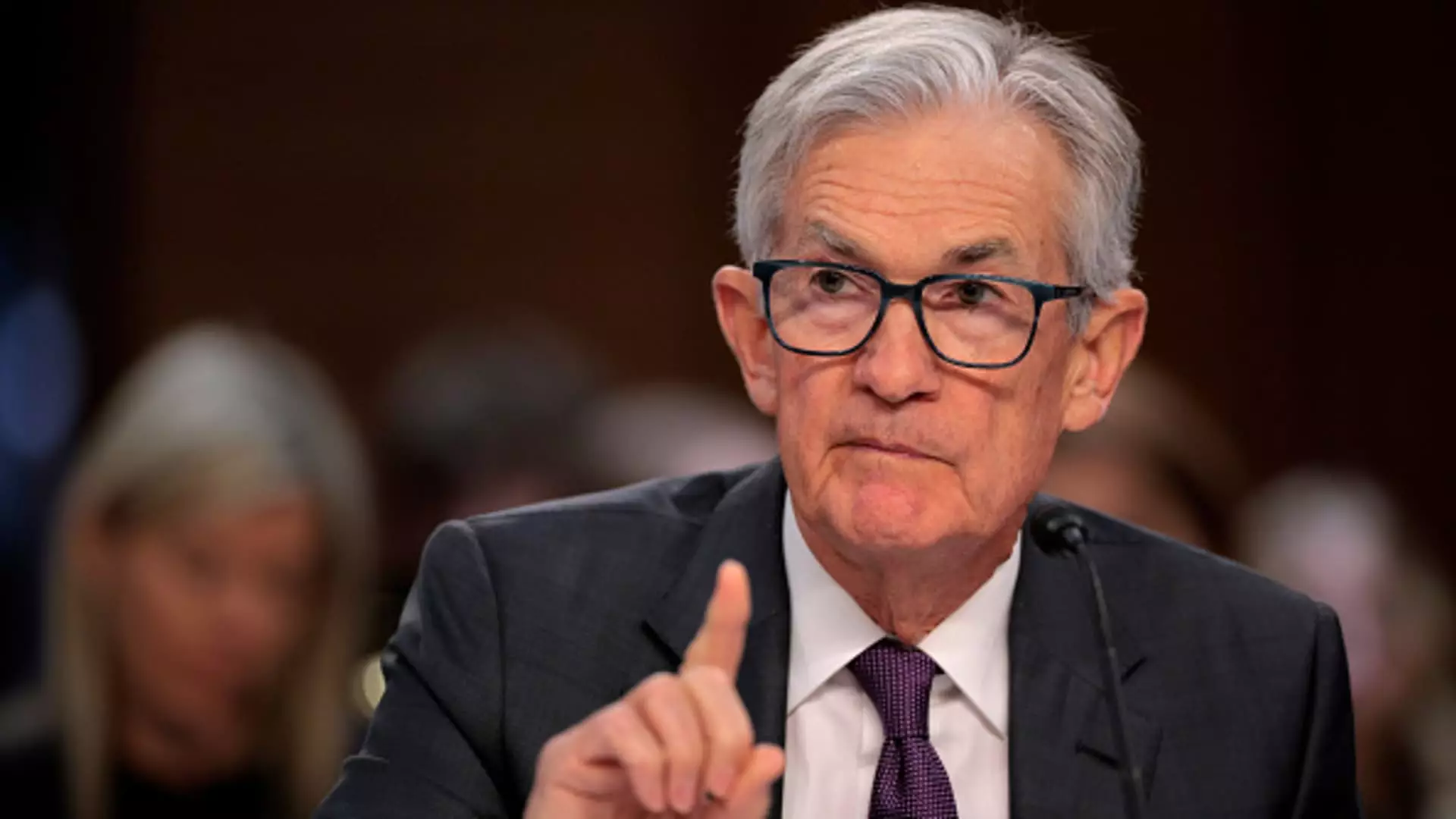In January, Federal Reserve officials were faced with a significant decision regarding the future of interest rates and their implications for the economy. As inflation rates persist above the Fed’s 2% target, discussions among members of the Federal Open Market Committee (FOMC) revealed a consensus that further rate cuts would not occur until inflation exhibited more encouraging signs. The backdrop of this deliberation was the economic landscape created by President Donald Trump’s administration, whose trade policies and tariffs were seen as potential disruptors in the pursuit of stable prices.
During the meeting, held amid news of three consecutive rate cuts totaling one percentage point in 2024, officials unanimously decided to maintain the key policy rate. This cautious approach allowed committee members to reassess economic conditions before executing any additional alterations to interest rates. The acknowledgment that current monetary policy is “significantly less restrictive” than it had been prior to the cuts indicates a belief that the time was now ripe for a careful evaluation rather than hasty action.
One of the primary factors influencing this discussion was the looming threat of further tariffs initiated by Trump. These trade barriers, which had already been implemented on several goods, posed a double-edged sword for the inflation outlook. While tariffs are expected to raise prices by increasing costs for businesses, Fed officials expressed concerns about their potential long-term impacts. The prospect of Trump’s proposed 25% tariffs on auto, pharmaceutical, and semiconductor industries, for example, could escalate already high prices and stifle economic growth, complicating the Fed’s efforts to stabilize inflation.
The FOMC members commented on how businesses might respond to these new trade tariffs—specifically, that firms could pass increased costs onto consumers, thereby inflating prices further. This concern about input costs being transmitted to consumers, alongside heightened consumer demand, painted a complex picture for the Fed regarding how to strategize their policy response moving forward.
While the Fed keeps a keen eye on inflation, employment levels are equally significant in its decision-making process. The current environment suggested that many members were hopeful about maximum employment. However, most were aware that achieving this without exacerbating inflation would require thorough consideration of current tariff policies and trade relations. Balancing these competing interests has necessitated a cautious approach to future rate reductions.
Moreover, while concerns over tariffs dominate discussions, there remains a silver lining amidst the uncertainty. The FOMC minutes reflected some optimism regarding potential government actions aimed at deregulation or tax reform under the current administration. Such policies, if implemented, could foster economic growth and create a more favorable environment for both businesses and consumers if they ease the current pressure on prices.
As policymakers assess the potential trajectory of inflation against a backdrop of tariffs, they seem poised to take their time in plotting the next steps. The Fed recognizes that while it is essential to control inflation, it is equally vital to ensure that employment levels remain robust. Current market indicators suggest that any future interest rate reduction may not materialize until mid-2024—an indication that the Fed remains on heightened alert, waiting for additional data to guide their decision-making.
Ultimately, the challenge ahead for the Federal Reserve lies in navigating a delicate balance between facilitating growth and controlling rising inflation amidst ever-shifting trade dynamics. Policymakers must remain vigilant in evaluating the impacts of external factors—such as tariffs, regulatory changes, and market trends—while fostering an economy that prioritizes long-term stability and resilience.

Leave a Reply